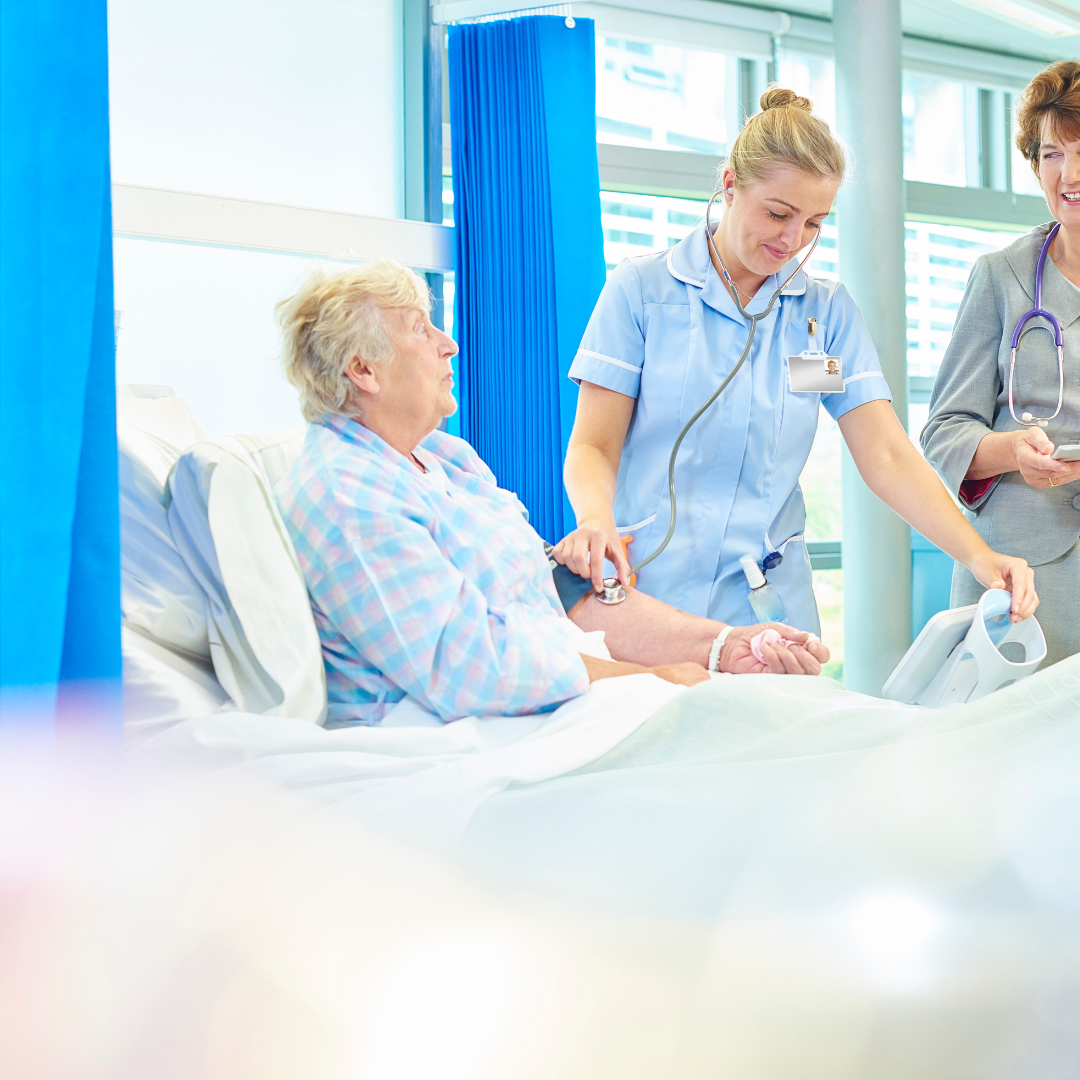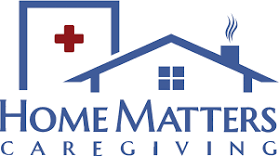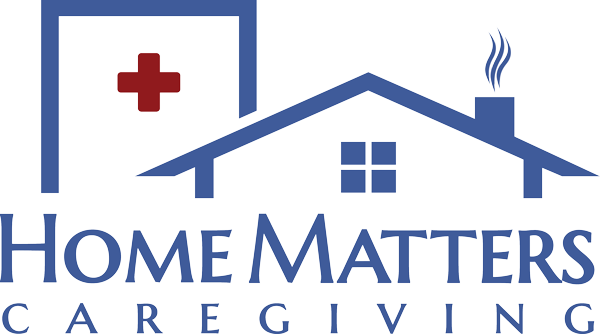Hospital to Home: A Smooth Recovery Guide
Navigating the transition from hospital to home can be a critical phase in one’s recovery journey. After receiving medical care in a hospital setting, the shift to home signifies a change in environment and care dynamics. This period demands careful planning and preparation to ensure a smooth and effective recovery process. At home, patients often face new challenges such as managing medications, maintaining proper nutrition, and adapting to reduced mobility. It’s essential to create a supportive environment that facilitates healing and minimizes stress. This guide aims to provide practical tips and insights for both patients and caregivers, covering topics like home safety modifications, rehabilitation exercises, and emotional well-being strategies. By understanding the nuances of recovery post-hospitalization and implementing proactive measures, individuals can enhance their recovery experience and promote long-term health outcomes. Stay tuned as we explore how to navigate this crucial phase with confidence and care.
Preparing Your Home Environment
A smooth transition from hospital to home begins with creating a supportive and comfortable environment for recovery. Taking the time to prepare your living space can significantly enhance your healing process and reduce stress. Here are eight essential steps to ensure your home is ready for your return:

Clearing Pathways and Minimizing Hazards
Start by ensuring that pathways throughout your home are clear of clutter and obstacles. This includes removing loose rugs or securing them properly, ensuring there are no electrical cords or furniture blocking your way, and making sure that floors are clean and free of spills. When you return home from the hospital, navigating through your house should be as easy and safe as possible. Begin by clearing any clutter and rearranging furniture if necessary to create wide, unobstructed pathways. This is especially important if you're using mobility aids such as crutches or a walker. Ensure that any loose rugs or mats are either secured firmly to the floor or temporarily removed to prevent tripping hazards. Take extra care to eliminate any potential obstacles that could hinder your movement or cause accidents.
Creating a Comfortable Resting Area
Designate a comfortable space in your home where you can rest and recuperate. This area should be easily accessible and equipped with everything you may need during your recovery, such as pillows, blankets, and a nightstand with essentials like water and medications. Your resting area is crucial for recovery, so make sure it's set up to maximize your comfort and convenience. Choose a room that's easily accessible from the main living areas and preferably close to a bathroom. Equip the space with comfortable bedding, supportive pillows, and extra blankets to adjust for temperature changes. A nightstand nearby can hold essentials like medications, water, and any devices you may need, such as a phone or remote control. Consider adding soft lighting and items that bring you comfort, such as books or soothing music, to create a calming atmosphere conducive to healing.
Adjusting Home Layout for Mobility Aids
If you anticipate needing mobility aids such as a wheelchair, walker, or cane, make necessary adjustments to your home layout. Ensure that doorways are wide enough to accommodate these aids, and remove any furniture or obstacles that may obstruct your movement. Depending on your recovery needs, you may require mobility aids like a walker, wheelchair, or cane. Before you return home, assess your living space to ensure it's accessible and functional with these aids. Measure doorways and hallways to ensure they're wide enough to accommodate mobility equipment. Remove any furniture or decor that could hinder your movement, and consider rearranging items to create clear pathways. If necessary, install grab bars in bathrooms or handrails on stairs to provide additional support and safety.
Ensuring Bathroom Safety
The bathroom can be a high-risk area for slips and falls. Install grab bars near the toilet and shower, use non-slip mats, and consider a shower chair or bench for added safety and comfort. Bathroom safety is crucial for anyone recovering at home. Reduce the risk of slips and falls by installing grab bars near the toilet and in the shower or bathtub area. These bars provide stability and support when sitting down, standing up, or moving around the bathroom. Place non-slip mats both inside and outside the shower or bathtub to prevent accidents on wet surfaces. Consider using a shower chair or bench to comfortably and safely bathe while conserving your energy.
Stocking Up on Supplies and Essentials
Before your discharge from the hospital, ensure you have an ample supply of medications, wound care supplies, and any necessary medical equipment. Stock up on groceries, household items, and toiletries to minimize the need for frequent outings during your recovery. Prioritize stocking up on essential supplies before you leave the hospital to avoid unnecessary stress and physical exertion during your recovery. Ensure you have an ample supply of prescribed medications, wound care supplies, and any medical equipment you may need, such as crutches or a blood pressure monitor. Plan ahead by purchasing groceries, household essentials, and toiletries to last for at least the first week or two post-discharge.
Home Exercises and Physical Therapy
When transitioning from hospital to home after an illness or surgery, maintaining physical health and mobility is crucial for a smooth recovery. Home exercises and physical therapy play a vital role in this process, helping to regain strength, improve flexibility, and prevent complications. Whether recovering from surgery, injury, or managing a chronic condition, these exercises can be tailored to individual needs and abilities. This guide outlines effective home exercises and physical therapy techniques to promote recovery and enhance overall well-being.
Understanding Your Physical Therapy Plan
Before starting any exercises, it's essential to understand the physical therapy plan prescribed by your healthcare provider. This plan typically includes specific exercises designed to target areas needing rehabilitation. Whether focusing on joint mobility, muscle strengthening, or balance improvement, each exercise serves a purpose in aiding recovery.
Importance of Starting Slowly and Gradually Increasing Intensity
Begin with gentle exercises and gradually increase intensity as your strength and stamina improve. This gradual progression reduces the risk of injury and allows your body to adapt to increased physical activity levels. Always listen to your body and consult your healthcare provider if you experience pain or discomfort during exercises.
Range of Motion Exercises
Range of motion exercises help maintain and improve joint flexibility, especially after surgery or prolonged bed rest. These exercises often involve gentle stretches and movements aimed at increasing the flexibility of muscles and joints. Examples include shoulder circles, ankle pumps, and wrist flexion-extension exercises.
Strengthening Exercises
Strengthening exercises are crucial for rebuilding muscle strength and endurance. These exercises typically involve resistance training using body weight, resistance bands, or light weights. Common exercises include leg lifts, bicep curls, and squats. It's essential to perform these exercises with proper form to maximize effectiveness and prevent injury.
Balance and Coordination Exercises
Balance and coordination exercises help improve stability and prevent falls, which are common during the recovery period. These exercises may include standing on one leg, heel-to-toe walking, and using balance boards or stability balls. Practicing these exercises regularly can enhance proprioception and reduce the risk of accidents at home.
Follow-Up Care and Doctor Visits
Follow-up care and regular doctor visits are critical components of a patient's recovery journey after leaving the hospital. These appointments ensure that progress is monitored, any complications are addressed promptly, and adjustments are made to the treatment plan as necessary. Here are key points to consider for effective follow-up care:
- Scheduled Appointments: Attend all scheduled follow-up appointments with your healthcare provider to assess recovery progress and address any concerns.
- Monitoring Health: Regular check-ups allow doctors to monitor your health status, medication effectiveness, and any potential complications.
- Medication Management: Discuss any issues or side effects related to medications prescribed during your hospital stay.
- Lifestyle Adjustments: Doctors may recommend lifestyle changes such as diet modifications or exercise routines to support ongoing recovery.
Conclusion
In navigating the transition from hospital to home, ensuring a smooth recovery is paramount. At Home Matters Caregiving, we understand the challenges and complexities involved in this process. Our comprehensive guide aims to empower both patients and their families with the knowledge and resources needed to facilitate a seamless recovery journey. From post-discharge care planning to personalized home care services, we prioritize compassion, expertise, and individualized attention.
For more information on how Home Matters Caregiving can support your loved one’s recovery or to discuss personalized care options, please reach out to us at (800) 298-5140. Our dedicated team in Pittsburgh is ready to provide guidance and assistance tailored to your unique needs. Let us help you make the transition from hospital to home as smooth and stress-free as possible. Your well-being is our priority.


